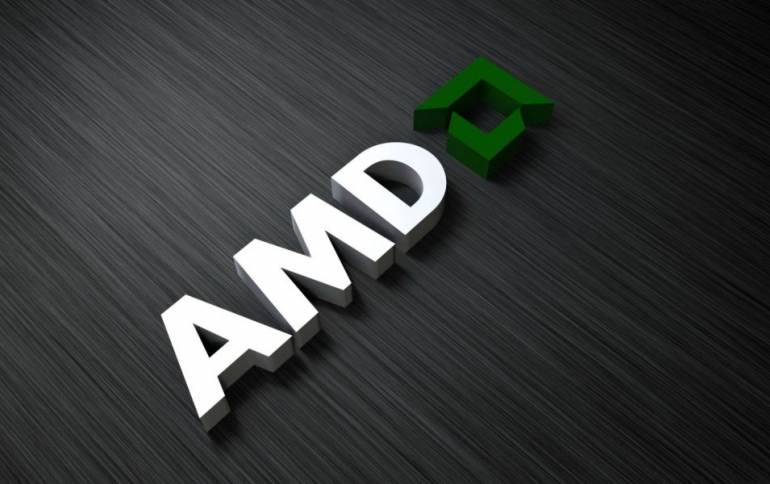
AMD Showcases Graphics, Energy Efficient Computing and Die-Stacking Technologies At Hot Chips
The path to the new "Fiji" family of AMD Radeon R9 Fury GPUs began with exploring the best die-stacking option for bringing large amounts of memory into the same chip package with the GPU while dramatically increasing the memory bandwidth available to a high-performance graphics engine, without increasing power consumption. Working with SK Hynix, the new GPUs based on AMD Graphics Core Next (GCN) architecture offer up to 4 GB of high-bandwidth memory (HBM) over a 4096-bit interface to achieve a 512 Gb/s memory bandwidth. The new memory is stacked close to the GPU in the package by implementing the first high-volume interposer as well as the first through-silicon vias (TSVs) and micro-bumps in the graphics industry. HBM and the interposer provide 60 percent more bandwidth than previous generation GDDR5 memory3 and 4x the performance-per-watt of GDDR5. At the same time, the "Fiji" family is capable of up to 8.6 TFLOPS performance, a nearly 35 percent increase over the previous generation (Radeon R9 290 Series GPUs).The result is an improvement of up to 1.5x performance-per-watt.





















